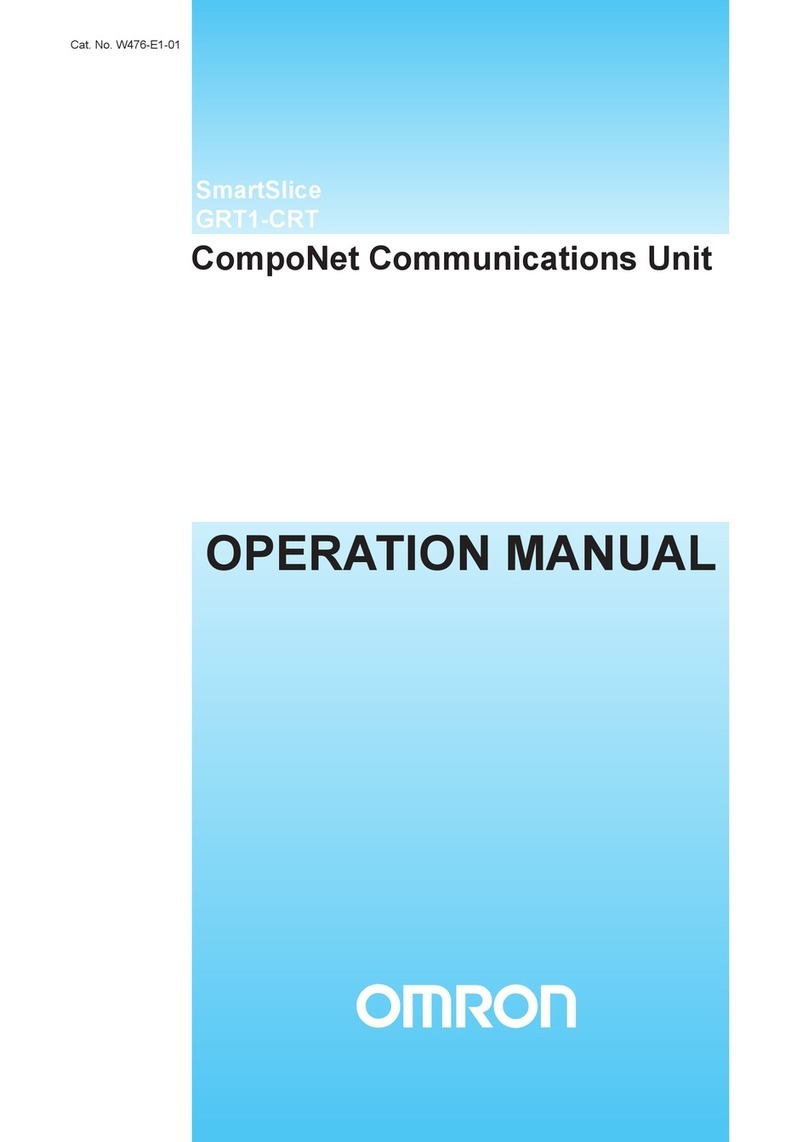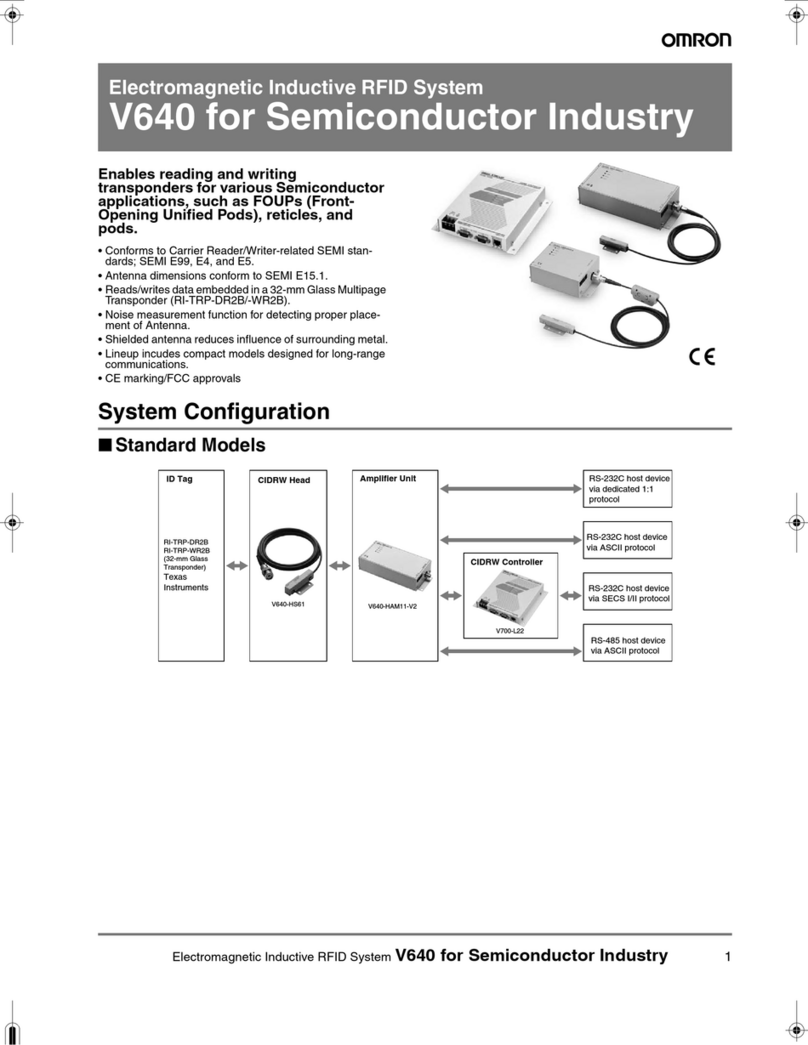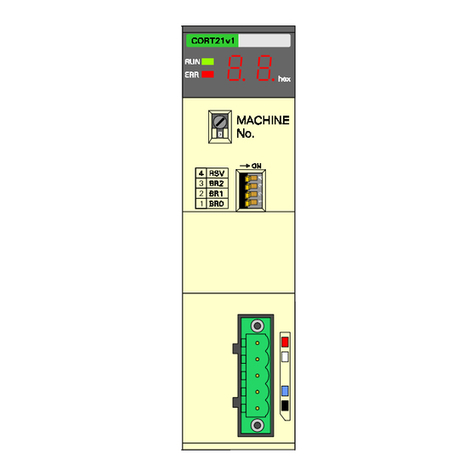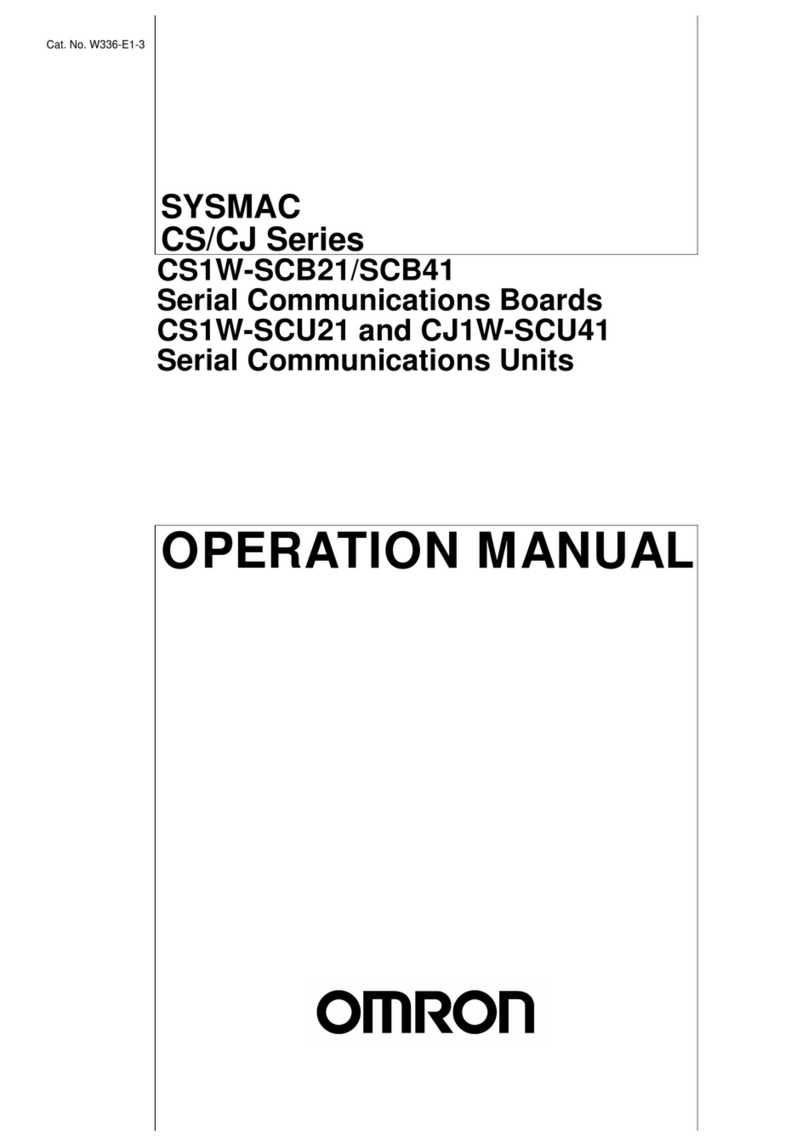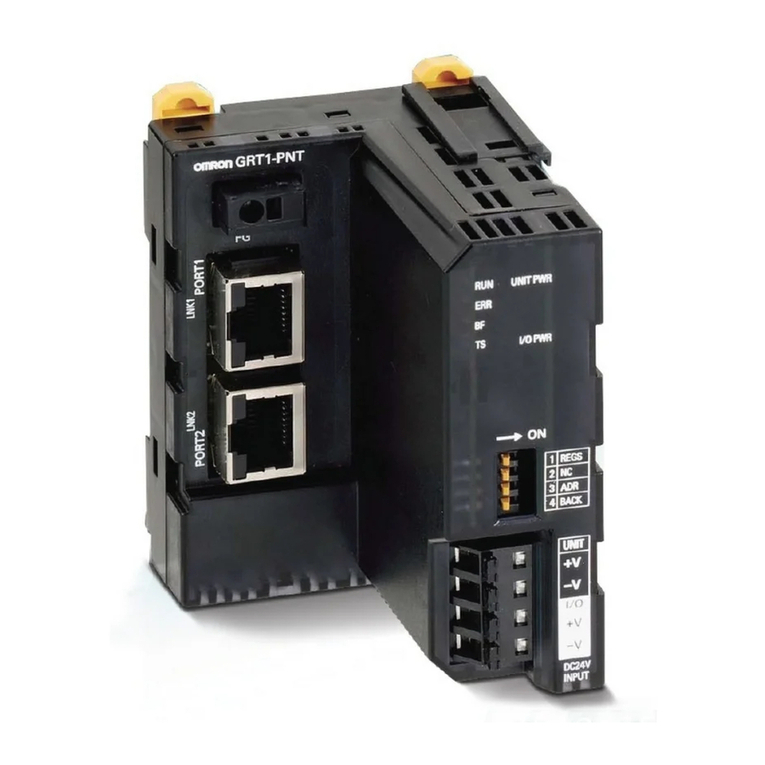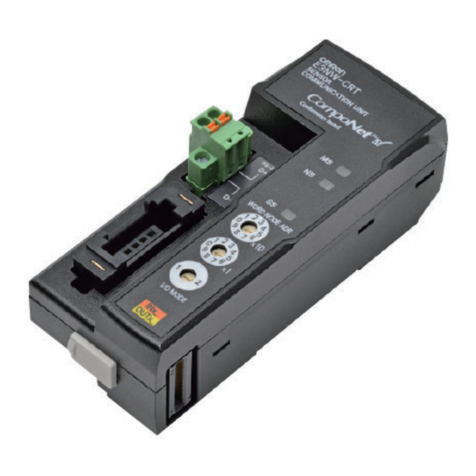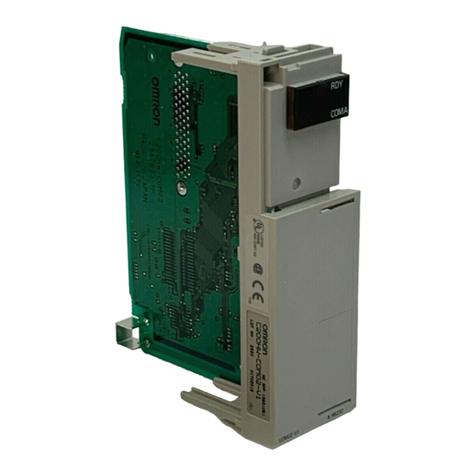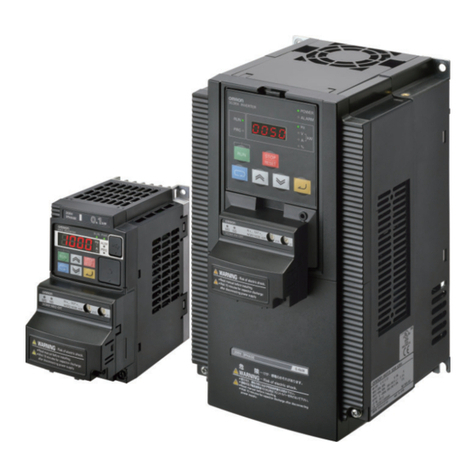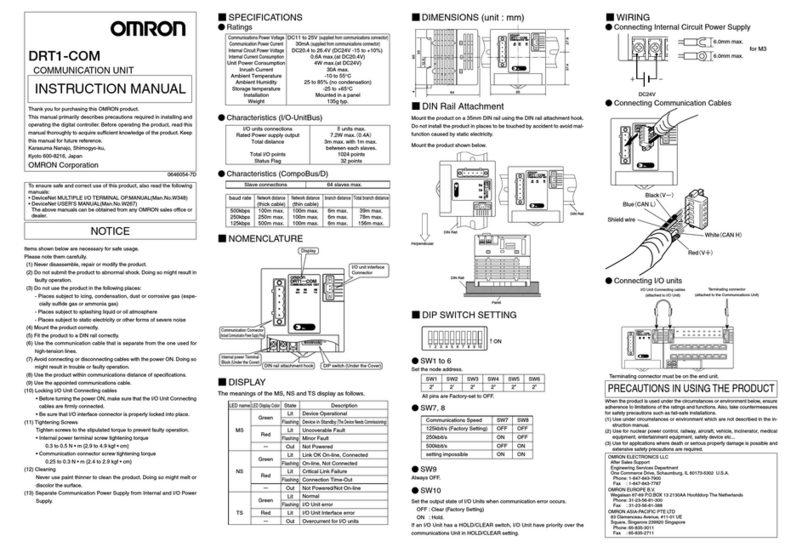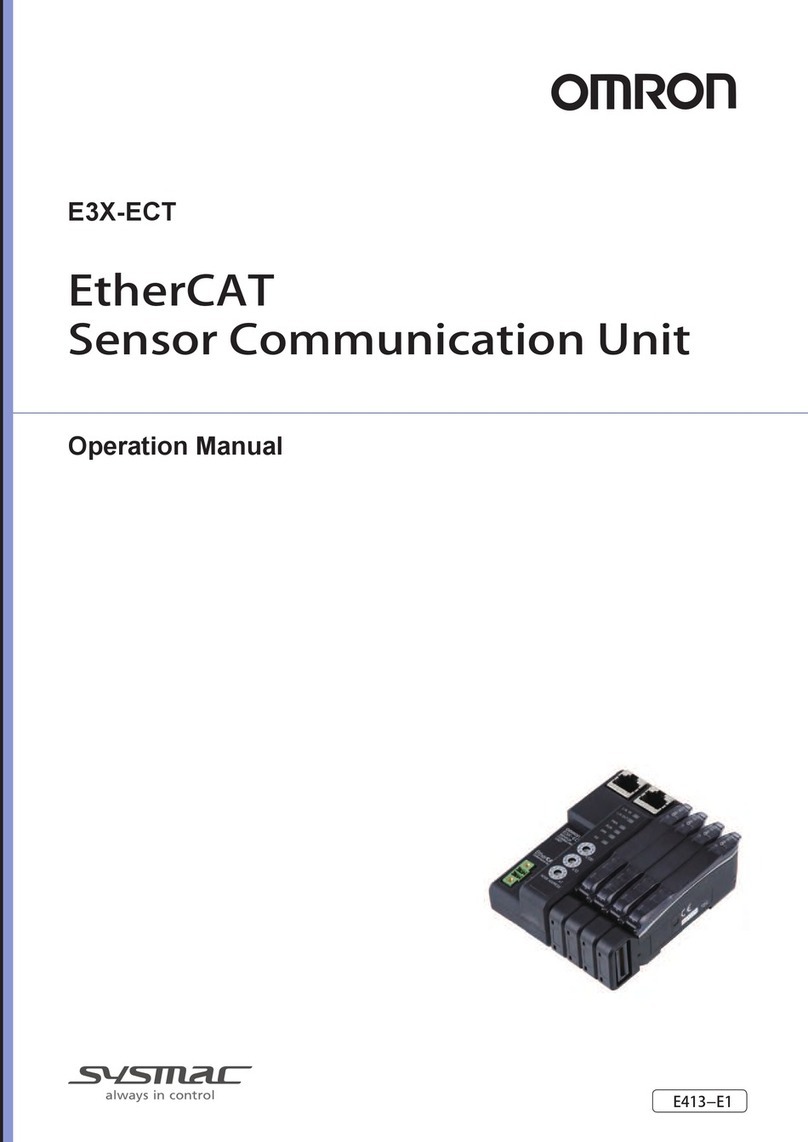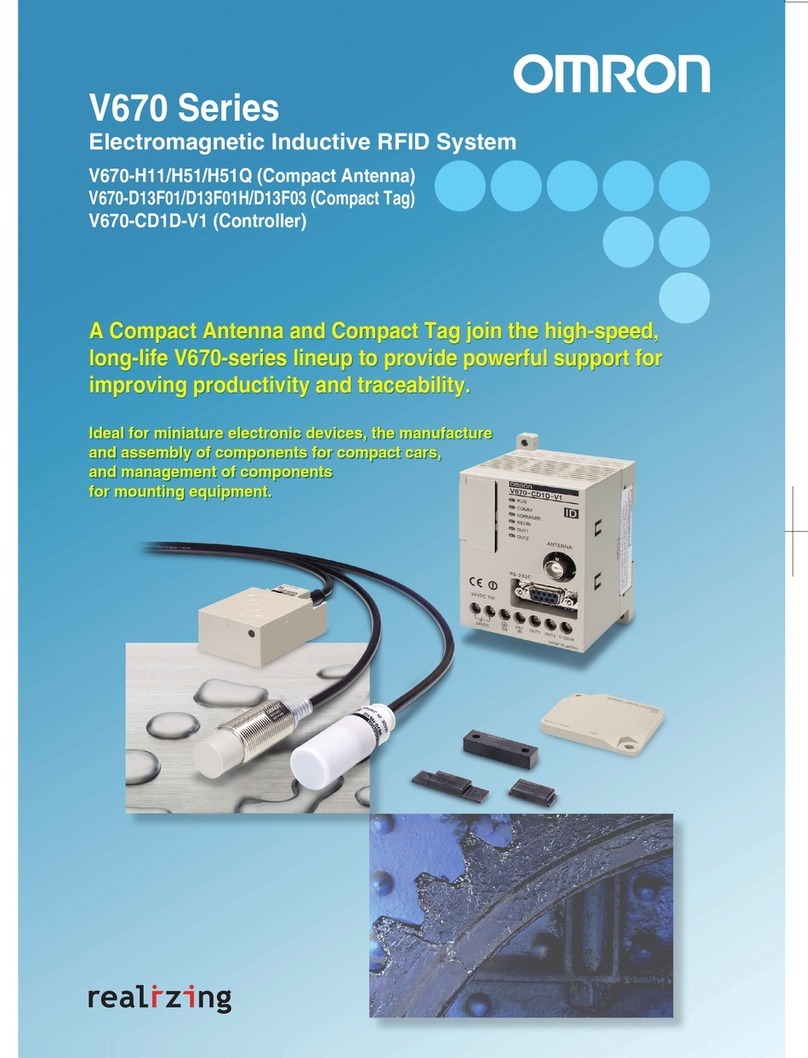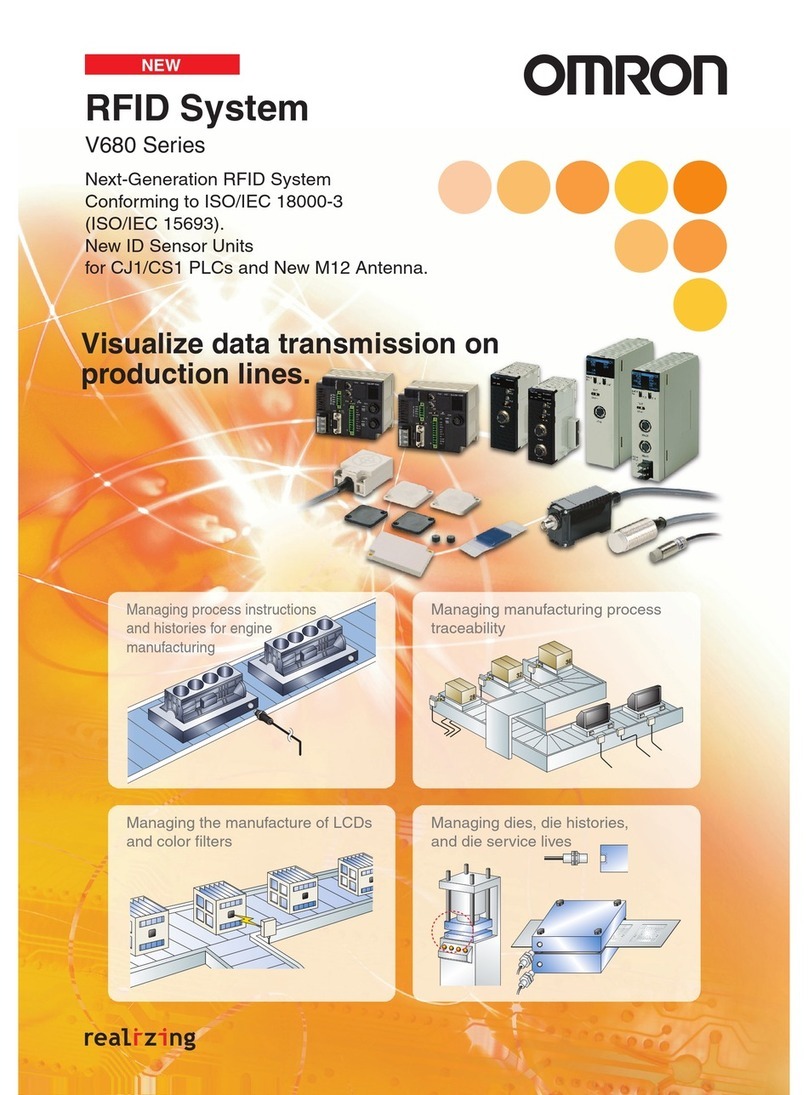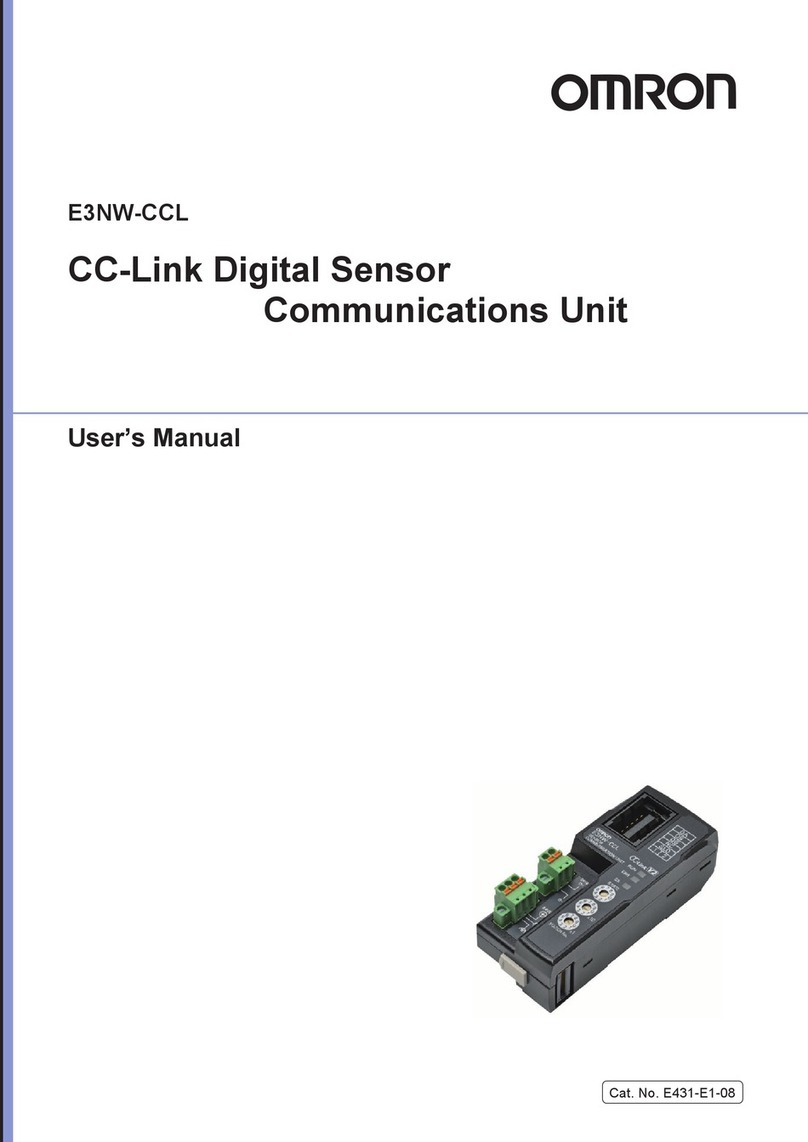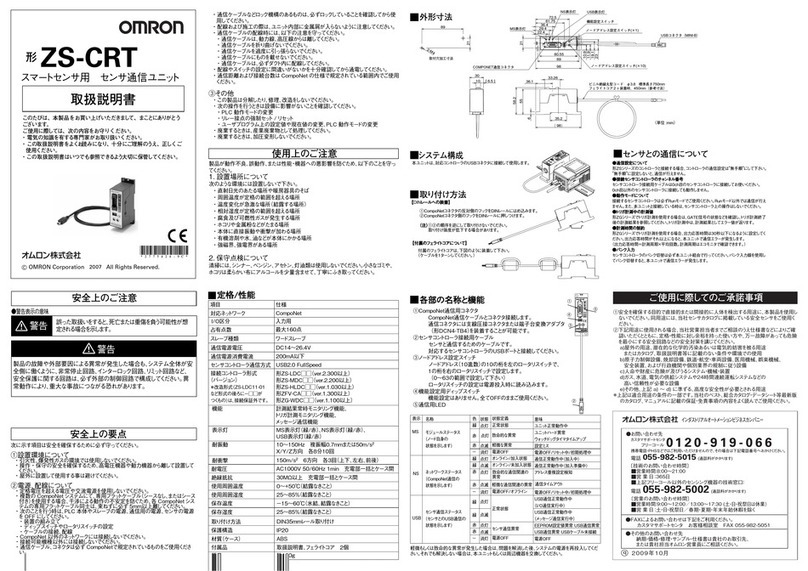ix
About this Manual:
This manual describes the installation and operation of the DeviceNet Communications Unit for Slice I/
O Terminals and includes the sections described below. The DeviceNet Communications Unit for Slice
I/O Terminals is an interface Unit that connects Slice I/O Units with a DeviceNet Master.
Please read this manual carefully and be sure you understand the information provided before
attempting to install or operate the DeviceNet Communications Units. Be sure to read the precau-
tions provided in the following section.
The following manuals also cover information related to DeviceNet applications. Use the DeviceNet
Operation Manual together with other required manuals.
Precautions provides general precautions for planning, installing, and operating the DeviceNet Com-
munications Unit and related devices.
Section 1 provides an overview of the DeviceNet Communications Unit with information such as the
features and system configuration.
Section 2 describes the DeviceNet Communications Unit’s components, describes the Unit’s functions
in detail, and explains how to allocate I/O.
Section 3 explains how to install and wire the DeviceNet Communications Unit and Slice I/O Termi-
nals.
Section 4 describes the procedures required to begin actual communications between the DeviceNet
Communications Unit and Slice I/O Terminals.
Section 5 provides information on communications using the remote I/O communications function and
message communications function, such as response times and transmission delays.
Section 6 explains how to monitor and correct errors that occur in a DeviceNet Communications Unit
or Slice I/O Unit, interpret the Unit’s LED indicators, and read the error history from the DeviceNet Con-
figurator.
Appendix explains how to handle EDS setting files required for multivendor environments and how to
list the device profile of the DeviceNet Communications Unit and information on related products.
Manual Contents Cat. No.
DeviceNet Communications Unit
for Slice I/O Terminals
Operation Manual
(this manual)
Describes the specifications, functions, operating procedures, and
applications of the DeviceNet Communications Unit, which allows
Slice I/O Units to be set, controlled, and monitored through
DeviceNet.
W454
GRT1 Series
Slice I/O Units
Operation Manual
Describes the models, specifications, functions, operating proce-
dures, and applications of GRT1-series Slice I/O Units.
W455
DeviceNet
Operation Manual
Describes the configuration and construction of a DeviceNet network,
including installation procedures and specifications for cables, con-
nectors, and other connection devices, as well as information on
functions, operating procedures, and applications.
Read this manual carefully and be sure you understand the informa-
tion provided before attempting to use DeviceNet.
W267
CS/CJ Series
DeviceNet Units
Operation Manual
Describes the specifications, functions, operating procedures, and
applications of CS-series and CJ-series DeviceNet Units. (A CS/CJ-
series DeviceNet Unit can operate as both a DeviceNet master and
DeviceNet slave at the same time.)
W380
DeviceNet Configurator Ver. 2.@
Operation Manual
Describes the operating procedures of the DeviceNet Configurator.
The DeviceNet Configurator can be used to configure, set, and main-
tain a DeviceNet system through an easy-to-use graphical interface.
Refer to this manual when necessary.
W382
